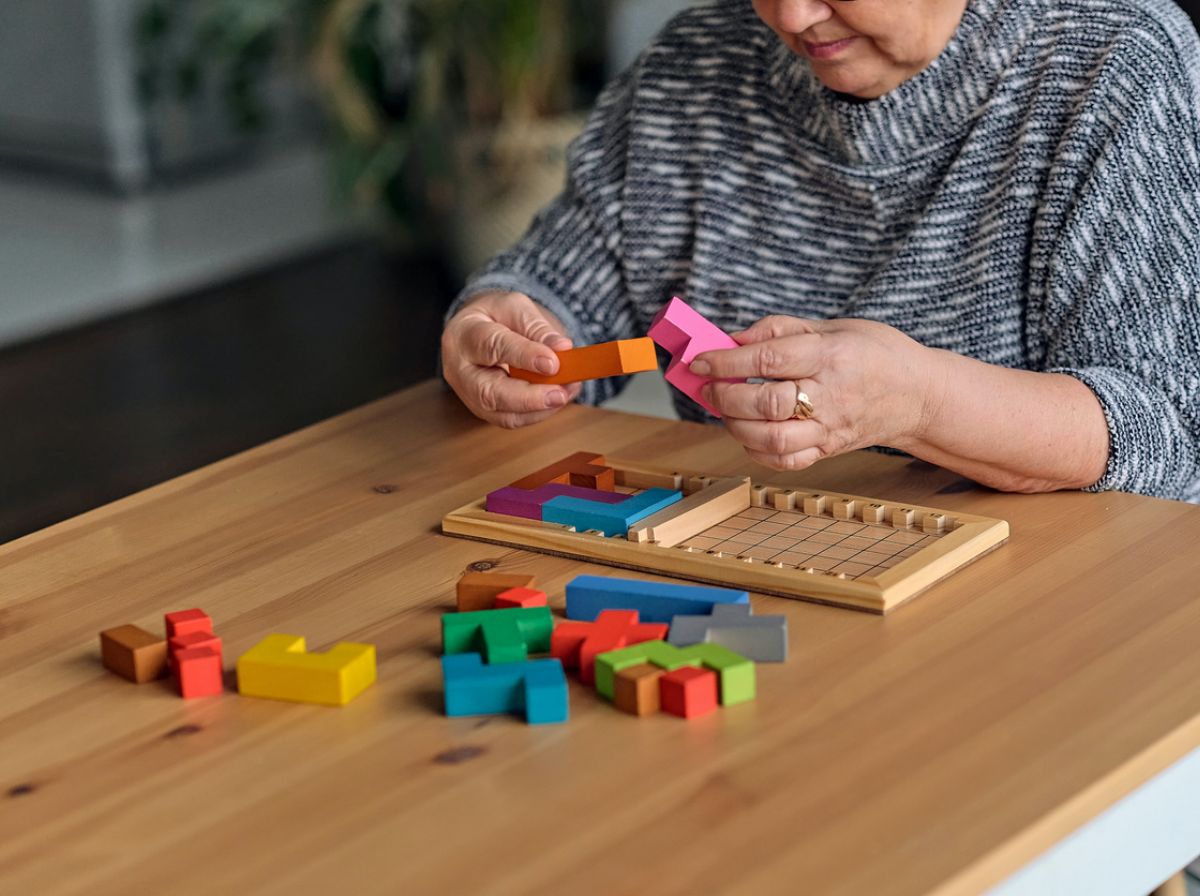According to the World Health Organization, 50 million people have dementia and the number of people with dementia is expected to triple by 2050. In 2020, an estimated 5.8 million Americans aged 65 years or older had Alzheimer’s disease.1 This number is projected to nearly triple to 14 million people by 2060.1 The increase in number of people with dementia will have a significant impact socially and economically throughout the world. In 2010, the costs of treating Alzheimer’s disease were projected to fall between $160 and $215 billion.2 By 2040, these costs are projected to jump to between $380 and more than $500 billion annually.2

It is not a specific disease, rather it is a term used to describe a group of unique medical conditions that affect the brain. Medical conditions that can cause symptoms of dementia are:
Alzheimer’s Disease – Most common form of dementia.3 Symptoms are slowly progressing at first and decline happens over a number of years. Memory problems are the most prominent early symptom and additional challenges include trouble planning, managing familiar tasks, difficulty walking and having frequent falls.
Vascular Dementia – Second most common form of dementia.3 Symptoms can be quite sudden after a stroke in which blood vessels become blocked in the brain. Thinking skills may be affected mildly at first and progressively get worse with multiple strokes or with other conditions that affect the smaller blood vessels in the brain. The symptoms depend on which part of the brain is affected by the stroke or vessel damaged. A few challenges that could be experienced are memory problems, difficulty speaking or understanding speech, confusion, changes in personality, and decreased muscle control.3
Lewy Body Dementia – Third most common dementia.3 A slow progressive dementia caused by small deposits of protein that can form in the brain. The symptoms most seen with this condition are decreased attention and alert levels, periods of staring off or “blanking out,” and problems with movement that may include trembling, slowness and difficulty walking.3
Frontotemporal Dementia – A slow progressing dementia due to cell damage in the brain that controls judgement, emotions, speech and movement. This dementia causes decreased inhibition and an impulsivity where one is unable to self-monitor actions in personal and social situations.3
It is important to remember that each person is unique and treatment depends on the cause of dementia. While most people with dementia often exhibit challenges with thinking, behavior, and memory, treatment interventions should be unique to provide the best quality of life for each client. As Dr. Power’s stated in his book, Dementia Beyond Disease, “we need to change our minds about people whose minds have changed.”4
These are simply similar terms with different nomenclature. The details of the classification can be found in the Diagnostic and Statistical Manual of Mental Disorders and are often utilized by health care practitioners and insurance companies.
The Diagnostic Statistical Manual-5 (DSM-5) is a manual and diagnostic tool published by the American Psychiatric Association. This manual includes the neurocognitive disorder (NCD) category and it further distinguishes between mild and major neurocognitive disorders. This is important to note that according to the manual, major neurocognitive disorder replaces the older terms “dementia and other debilitating conditions.” The term NCD and Dementia can be noted synonymously on websites, research articles, and books.5 One purpose of the manual would be to promote efficient communication among clinicians and researchers.
Memory Loss Video by the Centers for Disease Control and Prevention (CDC) “Memory Loss is Not a Normal Part of Aging”
CDC.gov is your online source for credible health information and is the official website of the Centers for Disease Control and Prevention (CDC).
Alligood, C. A., & Gravina, N. E. Branching out: Finding success in new areas of practice. Behavior Analysis in Practice. 2021;14(1), 283-289.
Drossel, C., & Trahan, M. Behavioral interventions are first-line treatments for managing changes associated with cognitive decline. The Behavior Therapist. 2015;38(5), 126–131.
Fisher, A. B., & Hausman, N. L. Behavior-analytic research on dementia in older adults. Journal of Applied Behavior Analysis. 2011;44(3), 687-691.
Gale SA, Acar D, Daffner KR. Dementia. The American Journal of Medicine. 2018;131(10):1161-1169.
Grossman H, Bergmann C, Parker S. Dementia: a brief review. Mt Sinai J Med. 2006;73(7):985-92. PMID: 17195884.
Kelly M. The Potential of a Relational Training Intervention to Improve Older Adults’ Cognition. Behavior Analysis in Practice. 2020;13:684-697.
© 2024 HEAL-IUM. All rights reserved.